In recent years, the ubiquitous fiddle leaf fig has won every other competition for the most popular in-house tree-like plants.
But we believe it’s time to give this understated yet stately tree – with its large, deep green leaves – another chance.
Here’s how to keep a rubber plant as a beautiful element of your home décor for years to come.
There are some rubber plant vastu benefits as well that should be followed while taking a rubber plant and growing it at home. This is not just the plant, it has Vastu benefits too.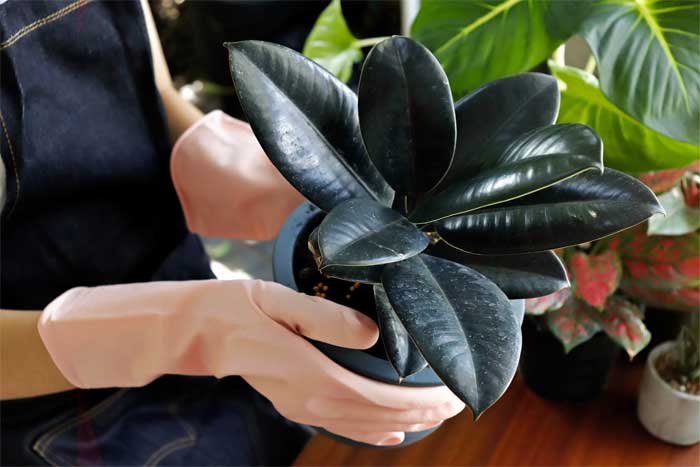
Facts About Rubber Plant
Rubber trees, otherwise known as ficus elastica, are sturdy and green-leaved house plants that may be grown into stunning indoor trees.
Plants that are purchased at a younger age adapt better to living indoors than those that are bought later.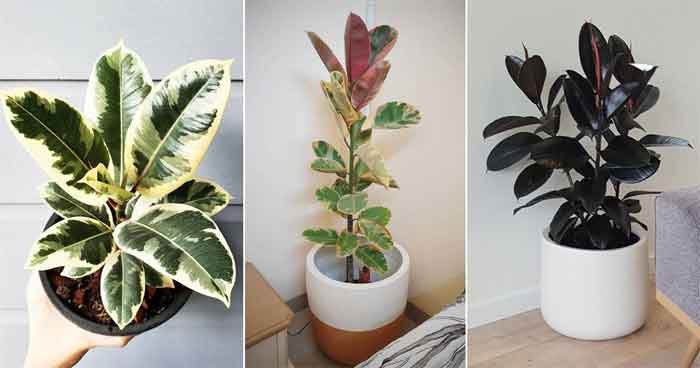
They may attain enormous sizes in just a few years, especially if they spend the summer outside in small pots. If you want to maintain them smaller, keep them in little pots.
History of Rubber Plantations
The British, French and Dutch governments encouraged the development of these plantations as a source of natural rubber for their industries. However, the indigenous people of the Amazon were forced to work on these plantations under conditions that were often brutal and inhumane.
In 1876, Charles Goodyear invented vulcanized rubber, which made rubber products more durable and resistant to weathering.
In the early 1900s, rubber plantation workers in the Amazon began to organize and protest against their working conditions. In 1910, they staged a major uprising that was brutally suppressed by the Brazilian government.
Despite these challenges, the rubber plantation industry in the Amazon continued to grow throughout the first half of the 20th century.
Today, there are only a handful of rubber plantations left in the Amazon Basin. The industry has largely been replaced by synthetic rubber production, which is not reliant on rainforest resources. However, the environmental damage caused by earlier plantations remains a significant problem in the region.
Also read about areca palm plant and its benefits here.
Indoor Rubber Plants
Some of the most popular rubber plants are the focus elastica, or the Indian rubber tree, and the ficus microcarpa, also known as the Chinese banyan. These plants are well-known for their thick, glossy leaves which are often used in interior design. While they do require some maintenance, rubber plants are relatively easy to care for overall.
Rubber Plant Care
One of the main things to keep in mind when caring for a rubber plant is that they need bright, indirect light. If you place them in an area that is too sunny, their leaves will start to fade and scorch.
Note: Do have a look at the benefits of snake plant, its care, varieties, and benefits if you plan to bring a snake plant at home.
Water
Another important aspect of rubber plant care is watering. These plants like to have their soil moist but not soggy. The best way to water a rubber plant is to allow the top layer of soil to dry out in between watering. 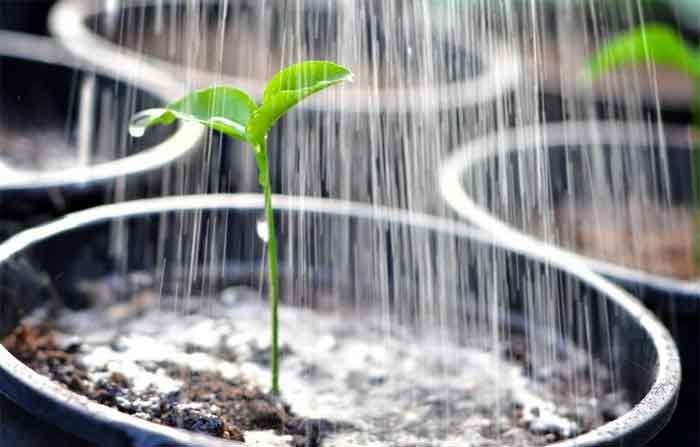 If you see the leaves of your plant drooping, that is usually a sign that it needs to be watered. Overwatering a rubber plant can lead to root rot, so be sure not to let their soil get too wet.
If you see the leaves of your plant drooping, that is usually a sign that it needs to be watered. Overwatering a rubber plant can lead to root rot, so be sure not to let their soil get too wet.
Fertilizer
Fertilizing your rubber plant every month or so will help it to stay healthy and thrive.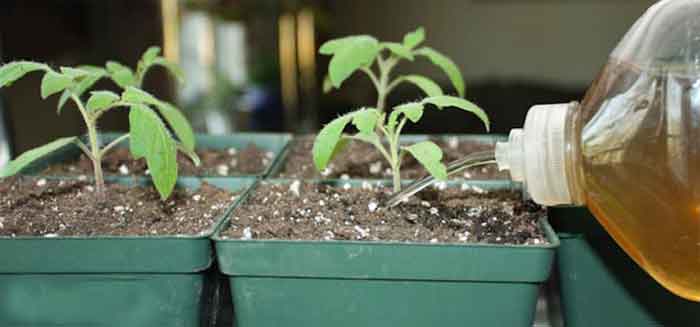
Pruning
As far as pruning goes, you can trim your rubber plant whenever you need to. 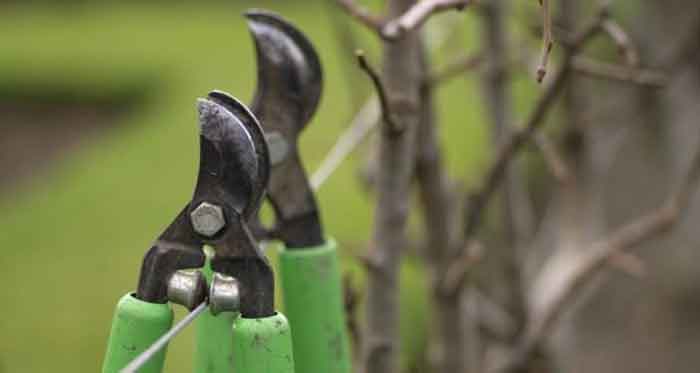
Rubber Plant Benefits
- Rubber plants are high in antioxidants and can be used to cleanse the air in your home or workplace. They’re particularly efficient at removing formaldehyde and other pollutants from the air.
- Rubber plants may help you feel better and relax.
- Rubber plants can help to increase your concentration and productivity.
- Rubber plants can help to filter out harmful electromagnetic radiation from your environment.
- Rubber plants may aid in the purification of water in your home or workplace.
- Rubber trees may be used as a natural pesticide.
- Rubber plants can help to decrease noise pollution in your environment.
- Rubber plants can help to create a more relaxing and comfortable environment in your home or office.
- Rubber plants are low maintenance and easy to care for.
- Have a look at spider plant benefits here.
Varigated Rubber Plant
A Variegated Rubber Plant is a beautiful, unique houseplant that is perfect for adding a splash of color to any room.  Rubber plants are known for being tough and resilient, making them ideal houseplants for busy people or those with less-than-perfect gardening skills.
Rubber plants are known for being tough and resilient, making them ideal houseplants for busy people or those with less-than-perfect gardening skills.
Rubber Plant Price in India
Rubber plants in India typically range in price from Rs. 60 to Rs. 10,000, depending on the quality and variety of the plant.
Small plants can cost as little as Rs. 100, while large plants can cost up to Rs. 10,000.
The type of rubber plant also affects the price, with some plants being more expensive than others.
India is one of the world’s leading producers of rubber, and the rubber plant is an important part of India’s economy. The rubber plant is used in a variety of products, including tires, hoses, gaskets, and other industrial and consumer goods.
The rubber plant is also used in India for latex production. Latex is a milky sap that is produced by the rubber tree and is used in a variety of products, including gloves, balloons, condoms, and adhesives.
Also, have a look at money plant benefits and its types with images here. Also, learn about how to grow a money plant at home in an easy and simple way.
Conclusion
The Variegated Rubber Plant is a beautiful, unique variety of plants that is perfect for adding a splash of color to any room. Rubber plants in India typically range in price from Rs. 60 to Rs. 10,000, depending on the quality and variety of the plant.
India is one of the world’s leading producers of rubber, and the rubber plant is an important part of India’s economy.



A very informative blog on rubber plants. This is a plant that I was not familiar with before, but after reading this I will be on the lookout for one!
It’s so pretty and it would brighten up any room. It’s such a beautiful and tough plant, and it’s so easy to care for. I would recommend it to anyone looking for a low-maintenance houseplant.
I had no idea that rubber plants could be used to purify water or as a natural pesticide.